
Interest rates set to rise?
Angus Mason See Full Bio



A bumpy path ahead? Is it possible to reduce inflation rates while maintaining positive gross domestic production, low unemployment and wage growth. While optimists would suggest this is possible, history and reality would suggest it isn’t. The current interest rate outlook is unpredictable.
Exhibit 1: GDP, Inflation and RBA Cash Rate

Exhibit 2: Wage Growth and Unemployment
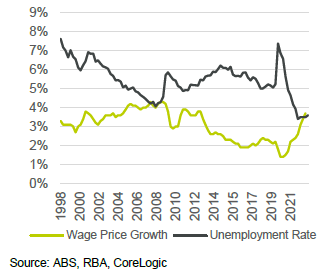
Exhibit 3: Annual House Price Movements
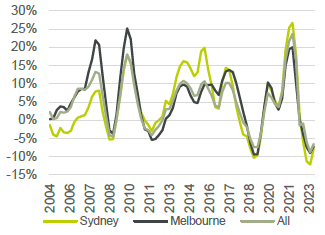
Exhibit 4: Reserve Bank of Australia Assets

Exhibit 5: Australian Government Bond Yield
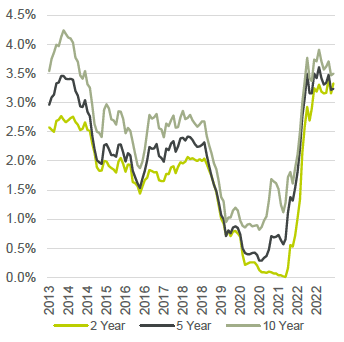
Exhibit 6: Household Income and Consumption
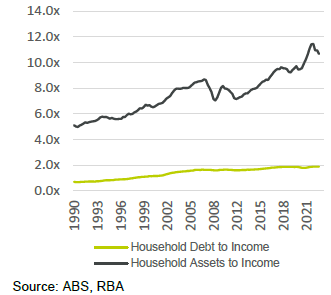
Exhibit 7: Housing Loan Commitments
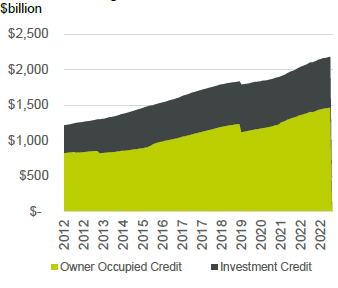
Exhibit 16: Impact of Interest Rate Forecasts and Fixed Rates on $1 million borrowing
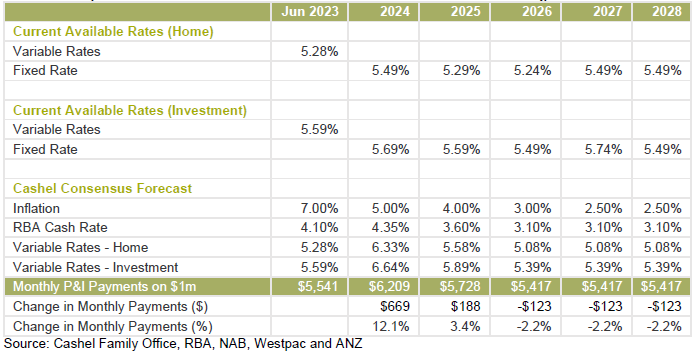
Given the expectation for between 1 and 3 further interest rate rises we are recommending to clients that they take the following actions:
Most importantly reach out to your Cashel Relationship Manager or directly to me, should you need assistance and advice with any borrowing needs.